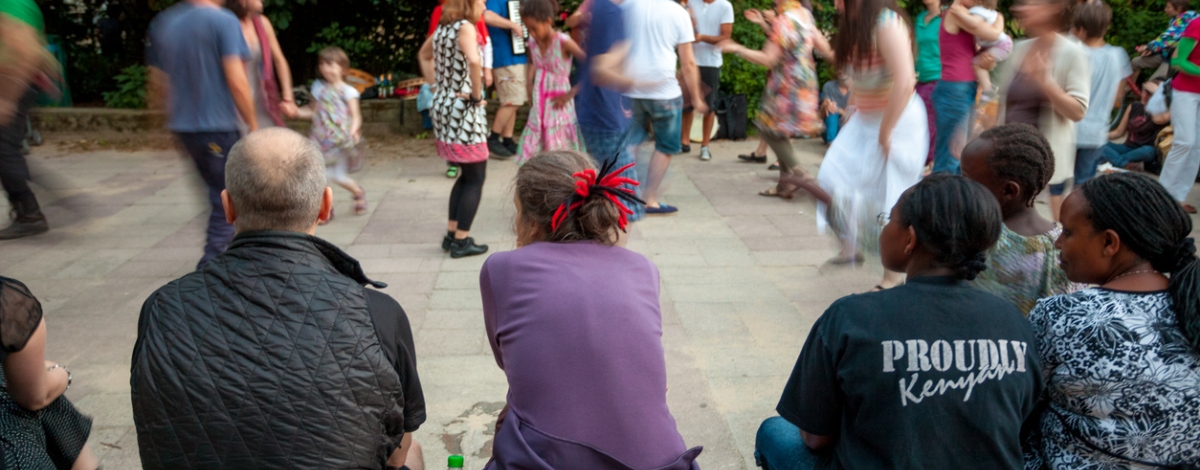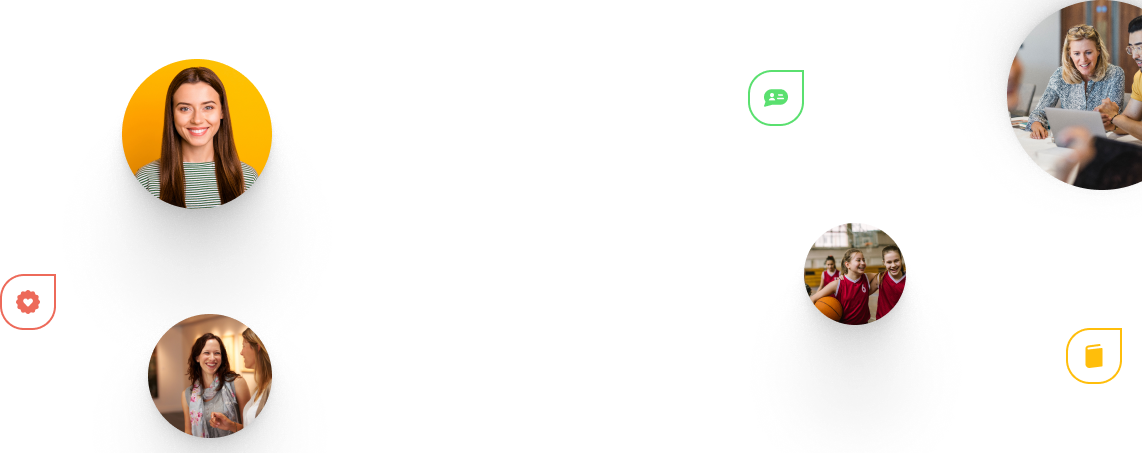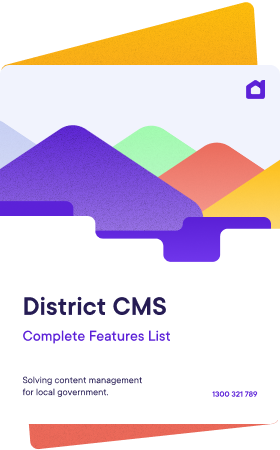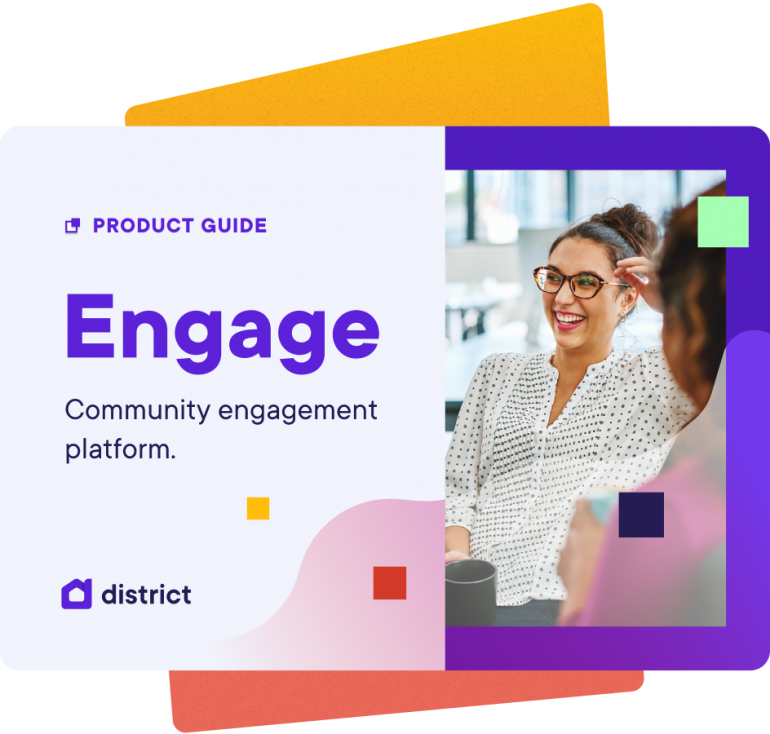Community engagement helps government develop strong relationships with citizens. But the feedback is only valuable when it represents the views of the whole community.
If we don’t engage with marginalised groups in our society, we risk delivering outcomes that fail the most vulnerable in our communities.
In this article we'll look at how to design outreach strategies to engage marginalised and under-represented community groups, and explore how digital and traditional engagement tools can help.
Understanding under-represented communities
For community engagement practitioners, understanding the needs of a community is essential. By gathering and analysing community feedback we can design better policy and project outcomes.
But its important not to forget under-represented community groups. They might face language barriers, disabilities, socio-economic factors and cultural differences that limit their contributions to community engagement projects.
So what's the best way to design accessible engagement strategies for under-represented and marginalised groups?
A great way to start is by building relationships with community group leaders, and local organisations. They can give us unique insights into community dynamics and barriers to participation.
These might include:
- Language
- Accessibility
- Socio-economic factors
- Cultural or familial expectations
- Gender and sexuality
- Age
When we understand some of the barriers to participation in community engagement, we can start to develop strategies to address them.
Harnessing the power of digital engagement platforms
Accessibility is an important design factor in community engagement campaigns. In practice, this simply means to use as many tools as possible, in order to reach a wide range of people.
A digital engagement platform, such as District Engage, can help. It offers easy to use tools to target different audiences. Plus, instant reporting lets you check that your messages are reaching the right people.
Let’s take a quick look at how digital engagement tools can help your spread your message further:
Surveys and quick polls
Surveys and quick polls are an easy and popular way to gather information about a community’s priorities and concerns. Tailor your survey questions with simple language to help you engage a broad range of audiences in your community.
Surveys and quick polls are also great to use when you are targeting specific groups on social media.
Mapping tools
Interactive maps help people visualise how a project will affect their community. On District Engage, you can pinpoint specific locations with markers, or build shape layers to highlight shared features, offer the ability to comment on a map, and illustrate before/after scenarios.
These visual aids are very effective engagement tools for people with language barriers or low literacy levels, and can encourage feedback on specific aspects of a project.
Online discussions
Online forums let community members engage in discussions, express their opinions and collaborate with others. Be sure to foster a safe and respectful environment that encourages open dialogue and welcomes diverse perspectives.
Q & A
A Q&A tool allows people to engage with the project in their own time. This tool lets you post questions and have industry experts and/or project managers respond in open, threaded discussions. This simple tool promotes transparency and accountability, and is an ideal way to build trust and understanding across all sections of the community.
Reporting and analytics
A key benefit of a digital engagement platform is the ability to get instant feedback and analysis. District Engage allows you to drill down into the performance of each engagement tool. You can also report on the demographics engaging with your campaign, and measure this against your KPIs.
If you are not reaching those targeted communities, it’s time to tweak your messaging.
Blending digital and traditional engagement activities
While digital platforms offer lots of benefits for engaging with marginalised communities, don’t overlook the value of traditional outreach. For a comprehensive approach, combine the following strategies with your digital efforts:
Town hall forums
In-person or virtual town hall forums offer face-face interactions between engagement managers and community members. These forums allow for open dialogue, active listening and the opportunity to directly address community concerns. Good outreach practices include:
- Translation services
- Full disabled access
- Convenient times
- Childcare
- Transportation for the elderly or people from remote communities.
Community events
Community meetings, pop-up events, community BBQs, information sessions and street-stalls are tried-and-tested methods for community engagement. To ensure these events attract people from across your community, and are welcoming for marginalised groups, provide translation services and address accessibility issues. A digital engagement platform like District Engage offers an event planning tool for engagement managers.
Community events are a great opportunity to liaise with community leaders and encourage grassroots participation. Consider the impact of food trucks, traditional music and children’s activities at an event designed to encourage community engagement!
Focus groups
Focussed discussions and focus groups can deliver deep insights into specific issues affecting under-represented communities. Recruit participants from these communities and use their insights and expertise to craft considered engagement strategies.
Cultivating effective communication strategies
Along with an inclusive engagement strategy, an effective communication strategy is essential for any community engagement project. Communication channels including digital, social, newsletter, advertising, face-to-face (such as door-knocking and town hall forums) are at the coal face of inclusive outreach strategies. Here are some ideas to consider in your communication plan:
Cultivate community ambassadors
Reach out to respected individuals and grassroots organisations who represent marginalised communities. Collaborating with these ambassadors can help bridge cultural gaps, build trust and help to facilitate effective communication.
Multilingual outreach
Provide information in multiple languages. Consider using translators or digital translation tools for public presentations, town hall forums and other face-to-face meetings, and ensure your print materials and translation tools include a range of language groups specific to your location.
Culturally sensitive messaging
Incorporate messages that acknowledge and respects the cultural values and beliefs of under-represented communities. Be careful to avoid assumptions and stereotypes and use language that resonates with the community groups you are engaging with.
Effective outreach strategies for community engagement require a thoughtful and multifaceted approach.
By leveraging digital engagement platforms, incorporating traditional outreach activities and implementing an effective communications strategy, community engagement managers can create an inclusive environment that attracts deeper engagement from across the community and help deliver improved project outcomes for everyone.
To find out more about how District Engage can help you deliver an accessible, inclusive engagement project, schedule a demo or ask us about a free trial.



